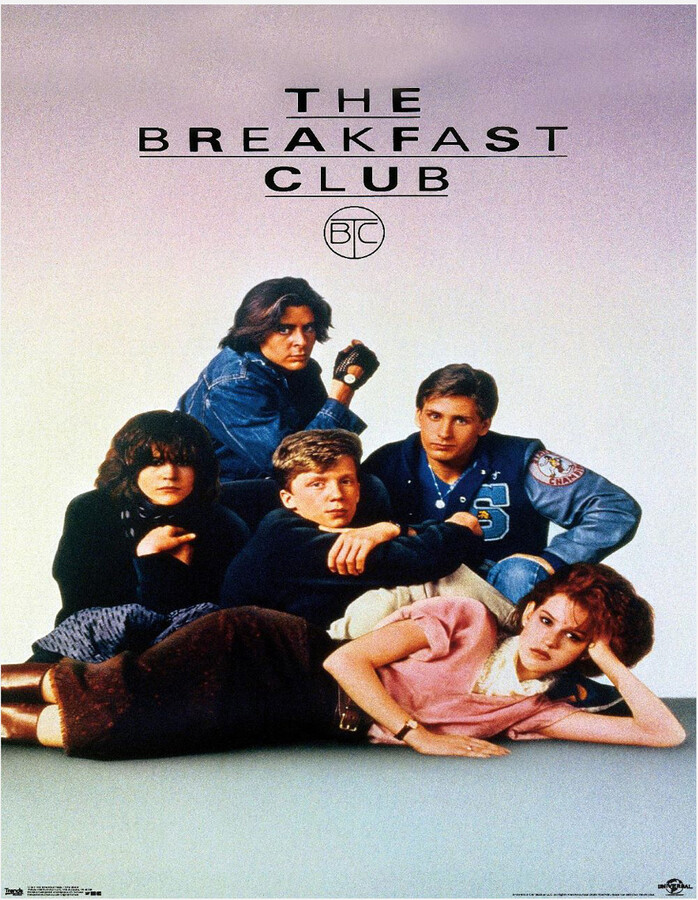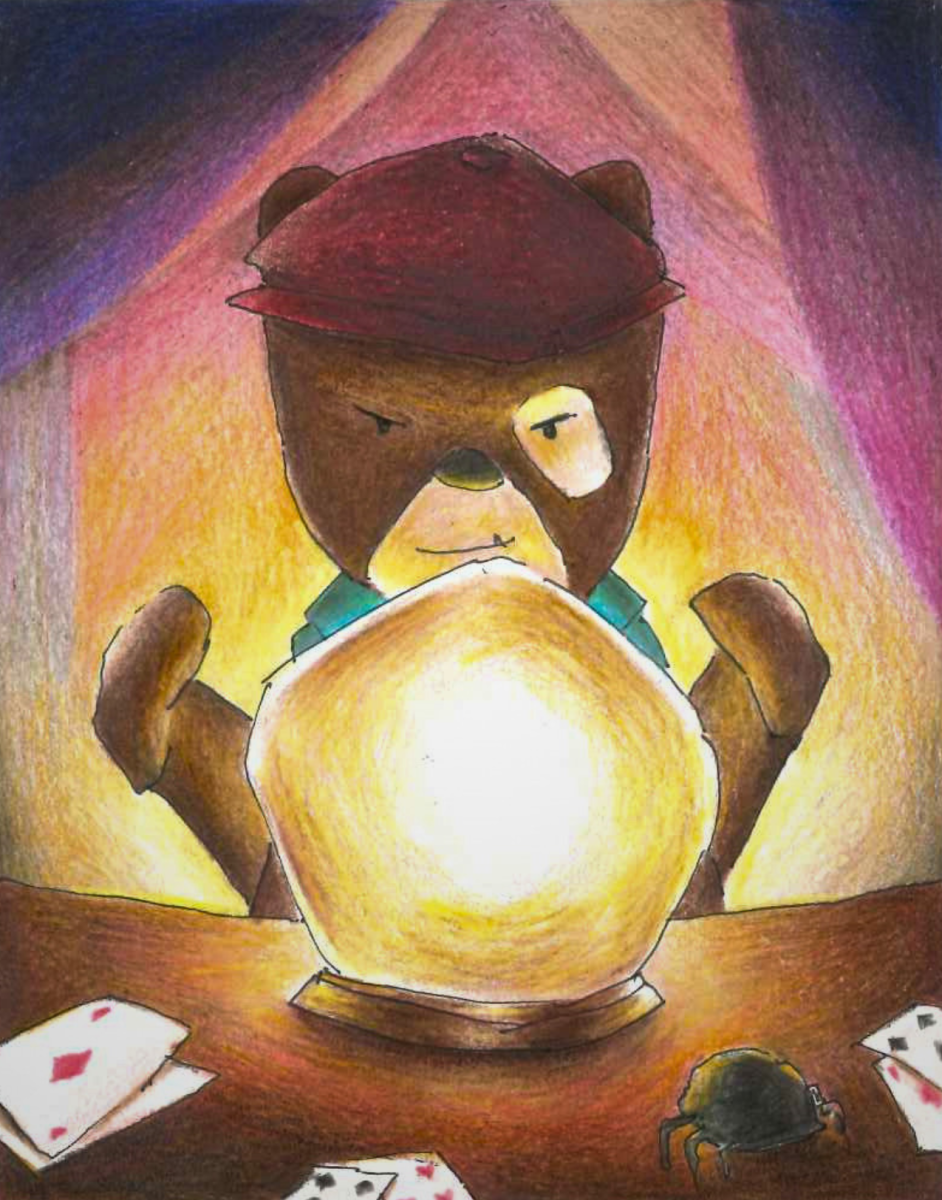Daylight saving time is right around corner. On March 10 at 2 am, we will move our clocks one hour forward. This will last until Nov. 3 at 2 am. A fun fact about daylight saving time is that most people believe it is called “daylight savings time” with an added S at the end of saving.
Every year we have daylight saving time in order to save energy and make better use of daylight hours. The tradition first started, according to the History Channel, in 1916 in Germany. The United States started using the yearly tradition in the year 1918.
Daylight saving has its benefits as we gain an extra hour of daylight for the summer months coming ahead. West Liberty student Hunter Travis says there is only one downfall to daylight saving time. “Losing the hour of sleep the first night is always terrible. Other than that I love it.”
Losing the one hour of sleep on March 10 will benefit us for months. Caleb Moore says he always loves gaining extra daylight. “Life is always better when the sun is out longer. It seems like people are always happier too.”
With the evening hours being lighter longer, it benefits those that have to work during the day and want to enjoy the outdoors after. It also helps save on electricity costs as you won’t have to use the lights as much.
According to the website webexhibits, over 70 countries participate every year in daylight saving time. The only major countries that do not participate are China, India, and Japan. China used daylight saving time from 1986 through 1991 until they went back to single time zone. India and Japan also just use a single time zone.
With the extra daylight coming soon, how will you use your time? Make plans to get out and enjoy the time this year and don’t forget to set your clocks ahead before classes resume March 11 following spring break!
Photo Credit: Clipart.com







